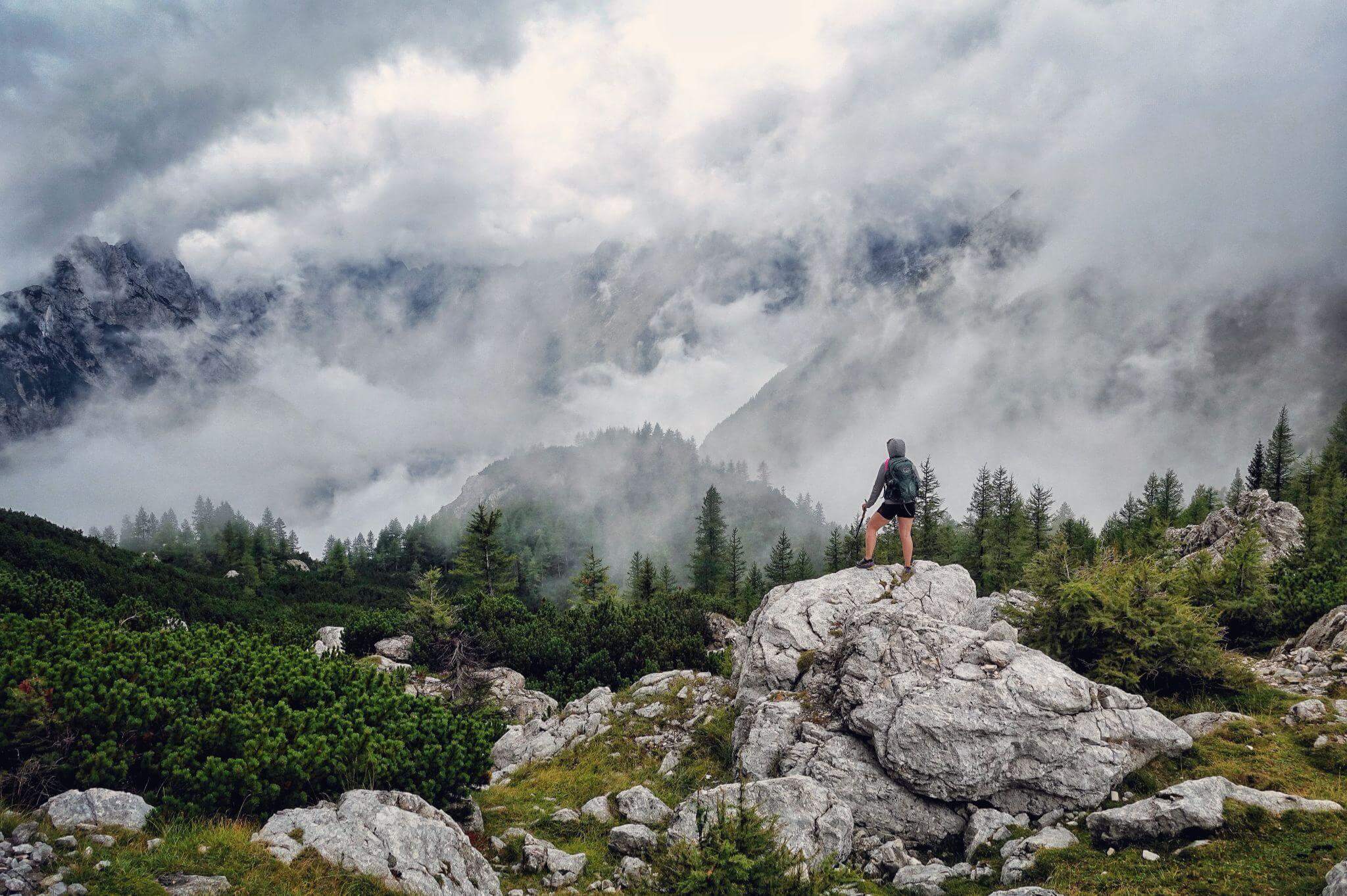Europe is a fantastic destination for hikers. With so many varying environments and terrains, there is something on offer for everyone, from the most experienced hiker to an absolute beginner. It is a great way to get outdoors and take in the natural wonders of the sprawling continent.
Multi-day hikes offer visitors the chance to travel sustainably and authentically, meaning you never have to rush your way through an unforgettable vacation. Buy Euros online before you leave to allow you more time to focus on the adventure that awaits you.
Alta Via 1, the Dolomites – Italy
The Alta Via 1, or Dolomite High Route 1, runs through northern Italy’s eastern section of the mountains. Despite the elevation, this Alpine trail is ideal for experienced mountain hikers and beginners alike. It is considered the most accessible and popular multi-day hike in the Dolomites.
The hiking path does not include any glacier crossing or rock climbing, but the difficulty level should not be underestimated. With narrow sections running along certain cliffs, those who fear heights or vertigo may struggle to continue. However, if you choose to skip the most challenging part on the trail’s southern end, you will still be treated to many beautiful features, including towering peaks, picturesque views, and sparkling lakes.
The trail is a hut-to-hut trek, and camping is strictly forbidden. You will need to book your stays in advance, but you will not be turned away if the accommodation is full.
The Pyrenees – Frame & Spain
For those wanting the ultimate hiking experience and have plenty of time to dedicate to it, the GR10 will be the hike of your dreams. It traverses the entire length of the Pyrenees and covers a distance of around 900km, taking 50 to 60 days to complete. Once you are finished, you will have walked the equivalent of five Everests.
For those who have no intention of spending that long in the mountains, there are far shorter adventures to undertake that will allow you to experience the magic of this incredible place. Overall, the French side is easier, with more mountain huts, walkers, and lower altitudes. However, both paths have breathtaking views to reward your efforts.

Tour du Mont Blanc – Switzerland
While reaching the highest peak in Europe, Mont Blanc might be a dream for any mountain climber, there is a less daunting and exciting adventure waiting for hikers to enjoy. The Tour du Mont Blanc takes you around the 4180m high mountains through the Alps.
The trail path runs in a convenient loop and isn’t very technical or difficult to navigate. With a well-established and clearly marked route, there is no need to worry about getting lost while in nature. Finally, the area boasts many facilities and accommodation opportunities along the way, although you will need to book in advance.
The Malerweg – Germany
The Malerweg, or Painters’ Path, was opened as a new 71-mile circuit in 2006 in the mountain range that straddles the border of Germany and the Czech Republic. Traditionally done over eight days, the hike features many memorable highlights, including sandstone outcrops and massifs, narrow canyons, and breathtaking views.
Due to the nature of the trail, it is advised to avoid bringing a massive and wide backpack, as it will not fit through the more narrow sections, but sketching gear is strongly encouraged. There is plenty of accommodation in guesthouses along the path and many campsites suitable for a night under the stars.
West Highland Way – Scotland
There is no better way to experience the beauty of the Scottish Highlands than via a long-distance hiking trail. And the West Highland Way offers you the perfect path to trek. Established in 1980, it is the most popular trail in the UK, with around 50,000 visitors each year.
Wild camping is allowed in Scotland, and it’s a popular sleeping arrangement along this path. Many hikers carry lightweight gear that can be easily set up and broken down along their journey. Alternatively, there are many villages along the way with hotels, hostels, and bars for you to enjoy.
Mount Triglav – Slovenia
It may only be 2,863m high, but Mount Triglav is a testing lump of rock, which requires careful preparation that rewards hikers with some of Europe’s most incredible trails. All routes need at least two days to complete, more if you choose to take your time enjoying the view.
There are several verticle sections to navigate, which are all well protected if you use the via Ferrata correctly. Outside of the summer thunderstorms that sweep across during the season, the area is very dry, so be sure to bring lots of water. Luckily, if via Ferrata is not something you are comfortable with, there is an alternative hike for you to tackle.

The Glockrier Circuit – Austria
The Glockrier Circuit is an Alpine classic: 71 miles of challenging footpaths surrounding Austria’s highest peak, the Grosslockner. To get there, you can take a postbus from Zell am See to Kaprun, bringing you close to the trailhead. From here, you begin an anticlockwise trek around the peak.
If you are lucky, you will be able to see bearded vultures, golden eagles, steinbock, and ibex enjoying the natural world alongside you. Although it is a summer walk, there is still the chance for higher sections to be inaccessible. Beginners are not encouraged to tackle this specific trail.

